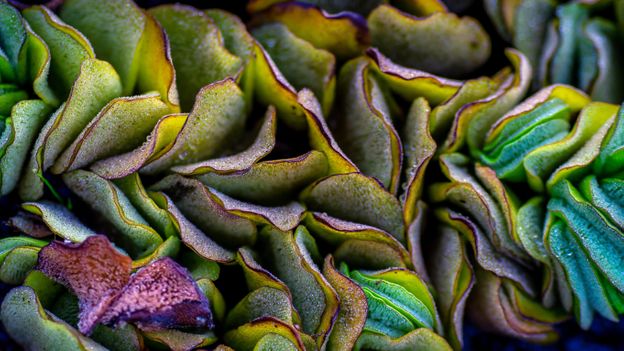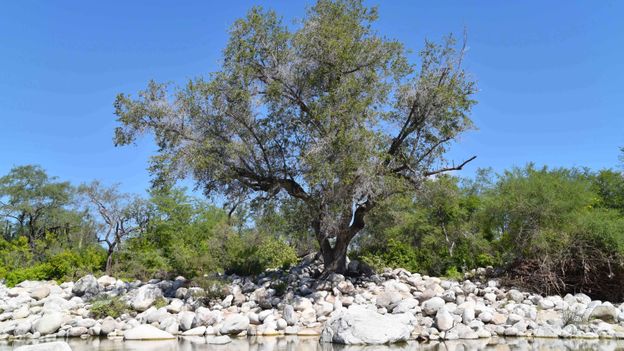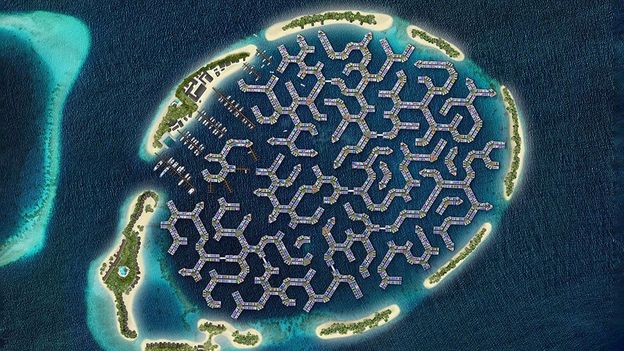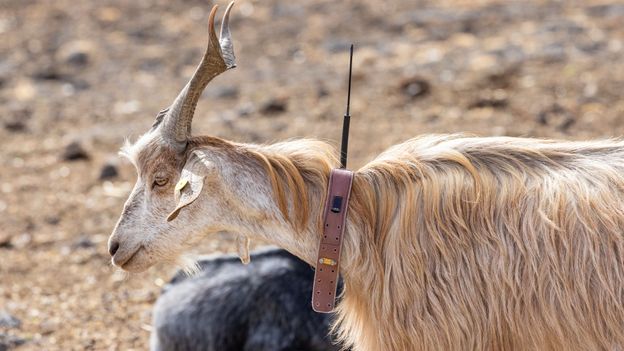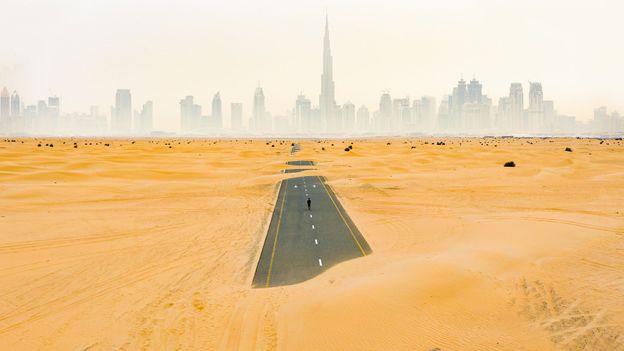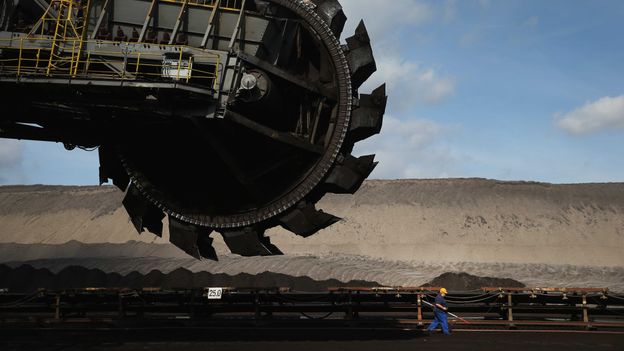Though the Salvinia has no defence against the weevil, the weevils themselves have weaknesses. “No drawbacks were experienced initially but nowadays, we have noticed that there are sites where infestations have persisted, particularly in shaded sites,” says Coetzee. “We have also discovered a parasitic alga infecting [the weevil] population.” This alga, called Helicosporidium, reduces the weevil’s ability to reproduce.
Nevertheless, Coetzee is optimistic that weevils could clear Cameroon’s Lake Ossa of Salvinia. “Implementing a biological control programme in Cameroon is the most ecologically friendly, economically sustainable option for control of Salvinia,” she says. “Given the size of the infestation on the lake, it is going to take a while for the control agent populations to build up to sizes that will damage the plants, and cause them to sink. This is not a fast process. Patience is key.”
Purcell, too, is hopeful that the weevils could rejuvenate Lake Ossa. “The weevils should work in Cameroon. Most control is achieved within three years,” he says. “The control lasts indefinitely, much better than spraying which must be reapplied every year and every season, with negative consequences to the aquatic environment.”
It may not be much longer before Lake Ossa becomes the next Salvinia-ridden water body to welcome weevils. A task force involving several of Cameroon’s government ministries has been set up to oversee the eradication of Salvinia in the lake through the release of the weevils.
The local people of Lake Ossa, though, are frustrated at the pace of action. “Fishing is our only source of income. We are running out of patience,” says Jean Pierre Nga, a fisherman. Dora Sih, a fish seller in the business for 25 years, agrees: “Things are not moving.”
But in AMMCO and their partners’ facilities in Dizangue, the stock of weevils is steadily growing. “They will be released into the lake as soon as we receive the authorisation permit from the government,” Kamla says. “And we hope that after two or three years, we will overcome this invasive plant.”
—
The emissions from travel it took to report this story were 41kg CO2, travelling by bus and motorbike. The digital emissions from this story are an estimated 1.2g to 3.6g CO2 per page view. Find out more about how we calculated this figure here.
—
Join one million Future fans by liking us on Facebook, or follow us on Twitter or Instagram.
If you liked this story, sign up for the weekly bbc.com features newsletter, called “The Essential List”. A handpicked selection of stories from BBC Future, Culture, Worklife, and Travel, delivered to your inbox every Friday.

